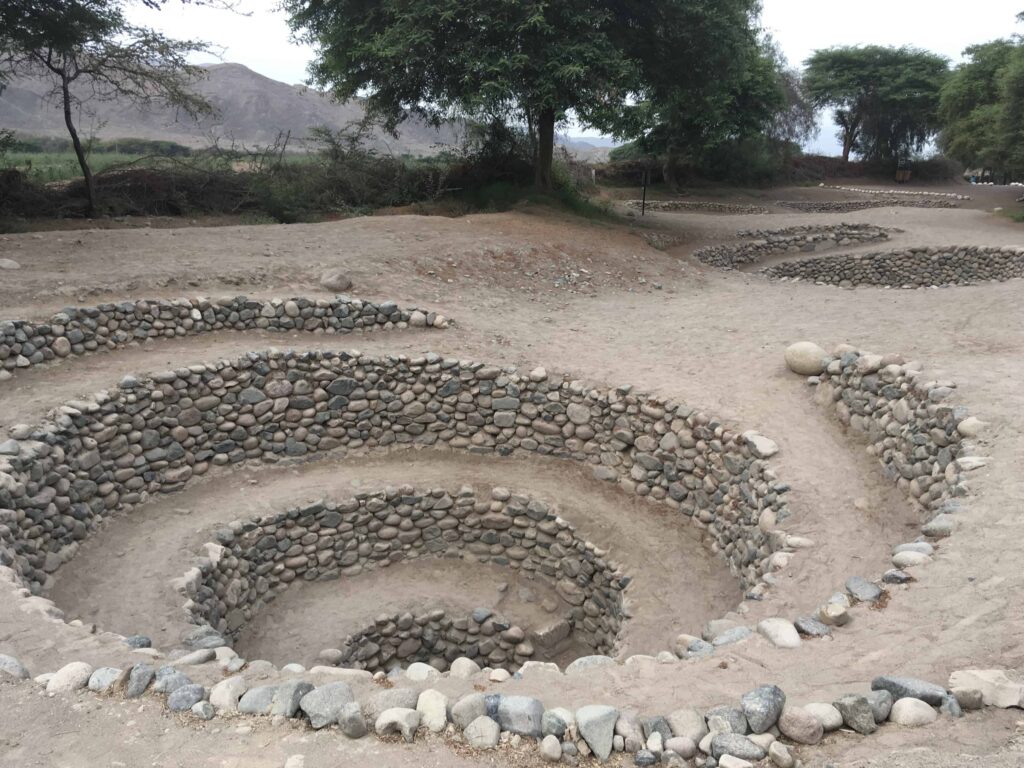
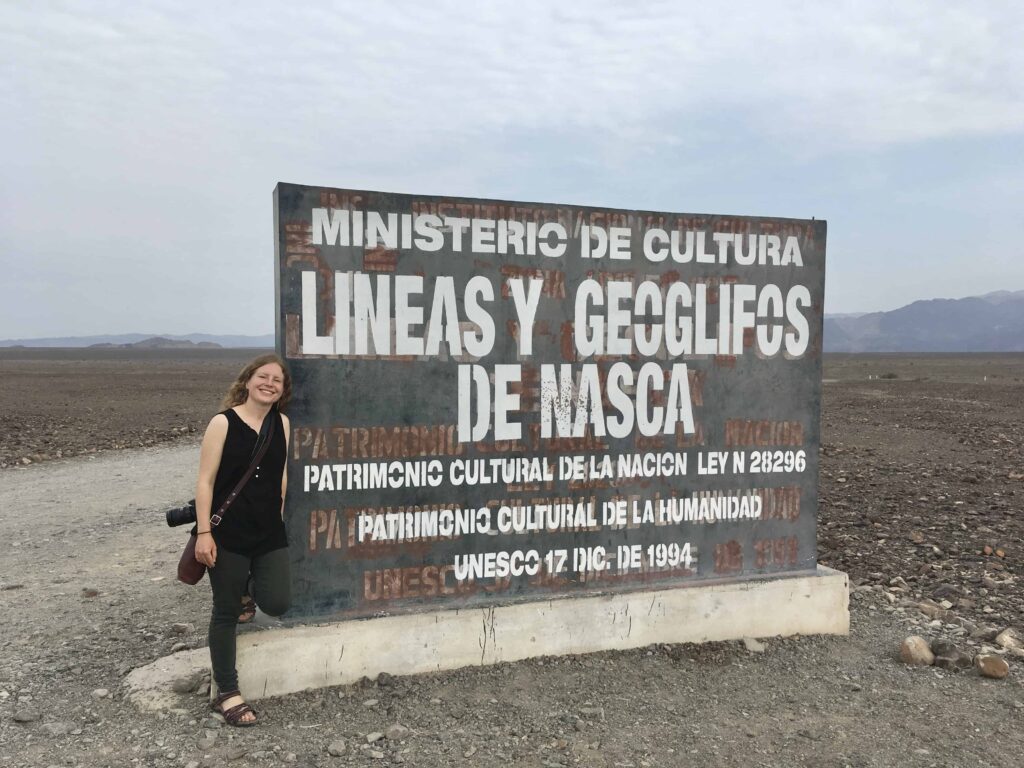
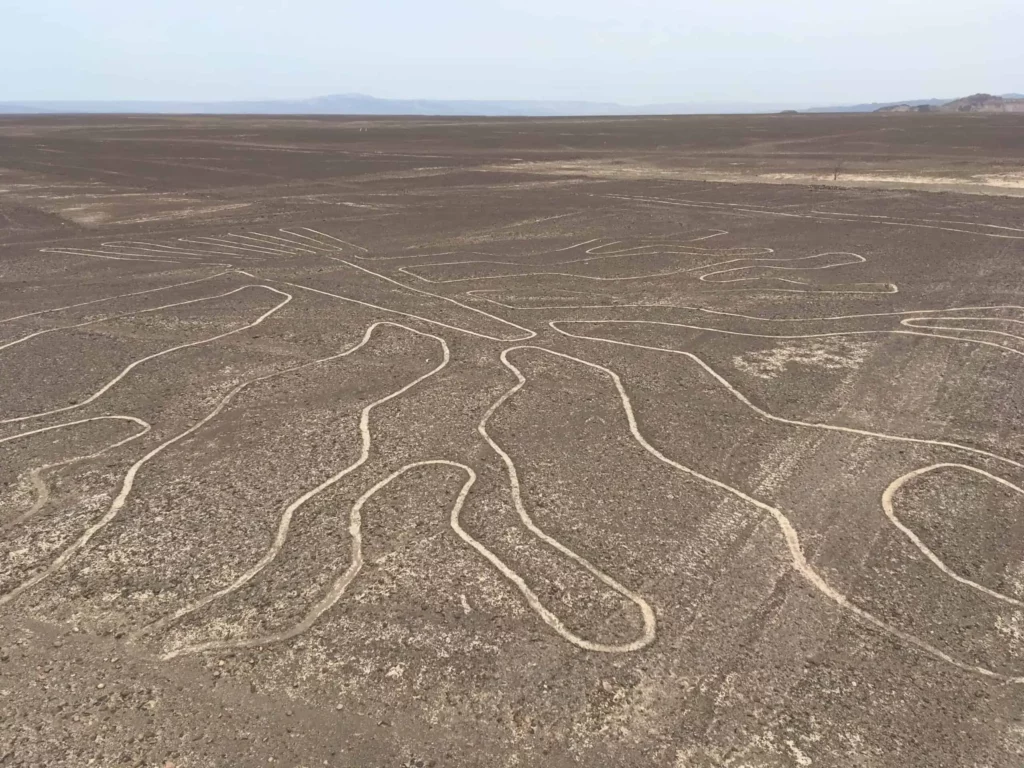
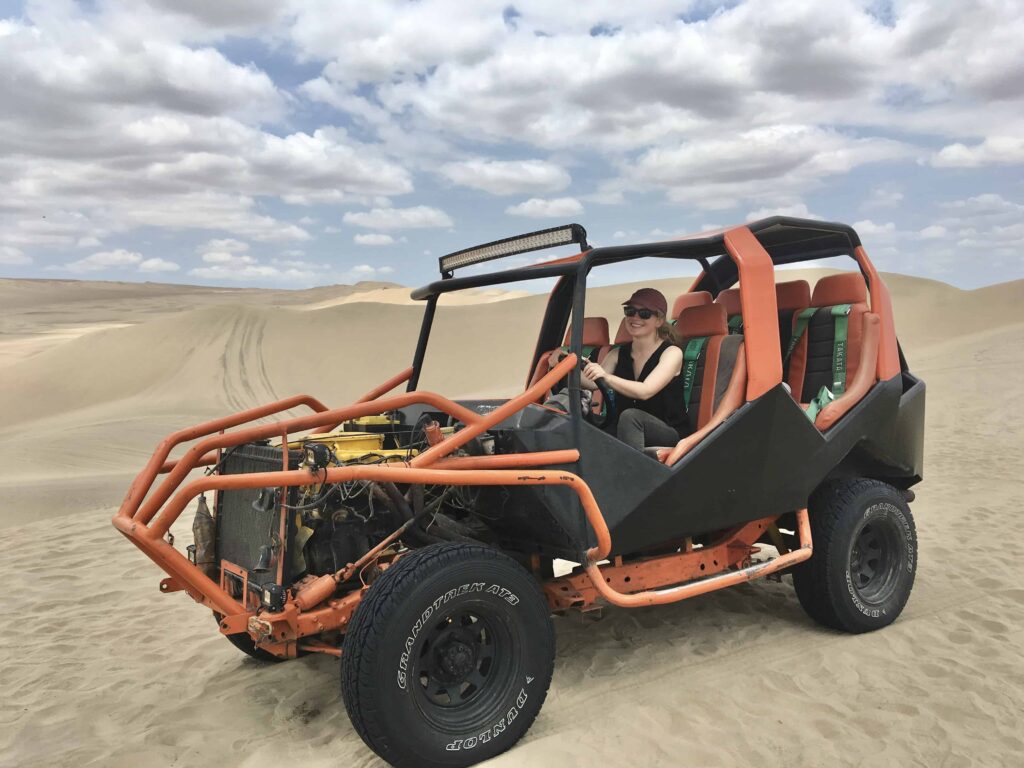
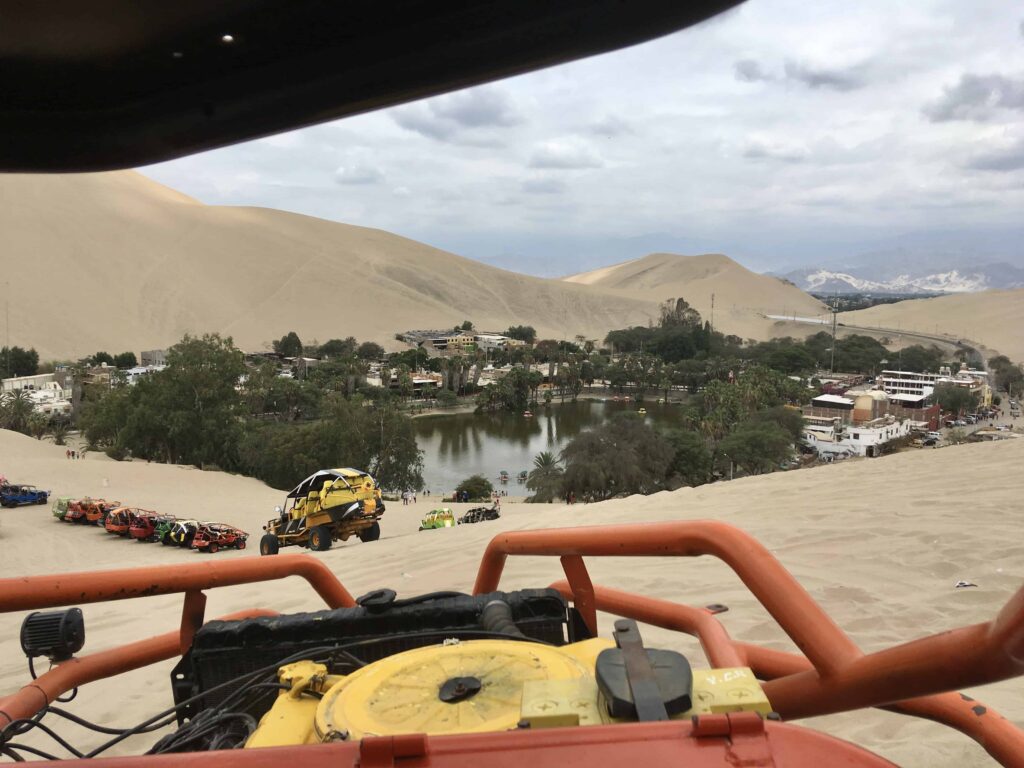
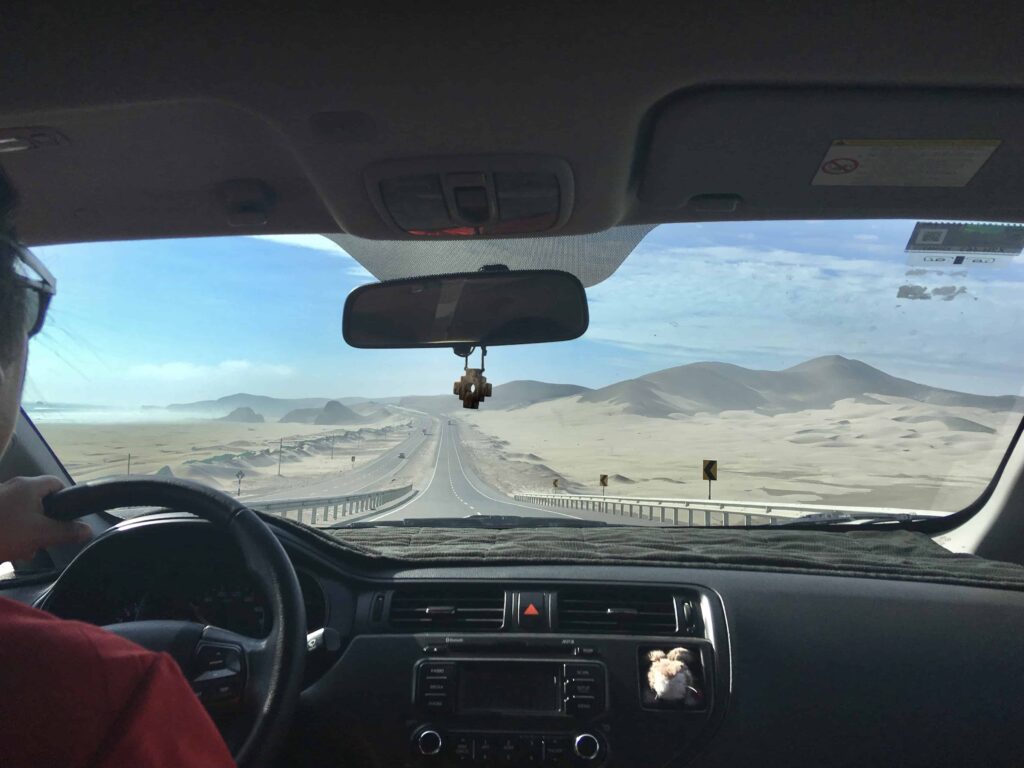
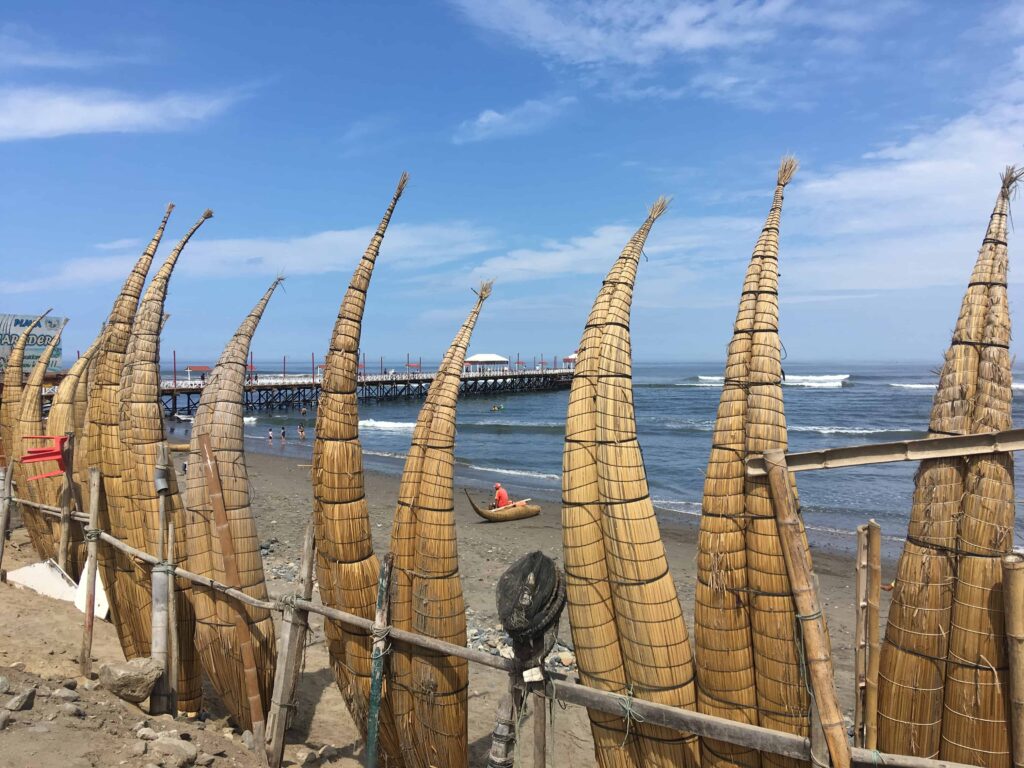
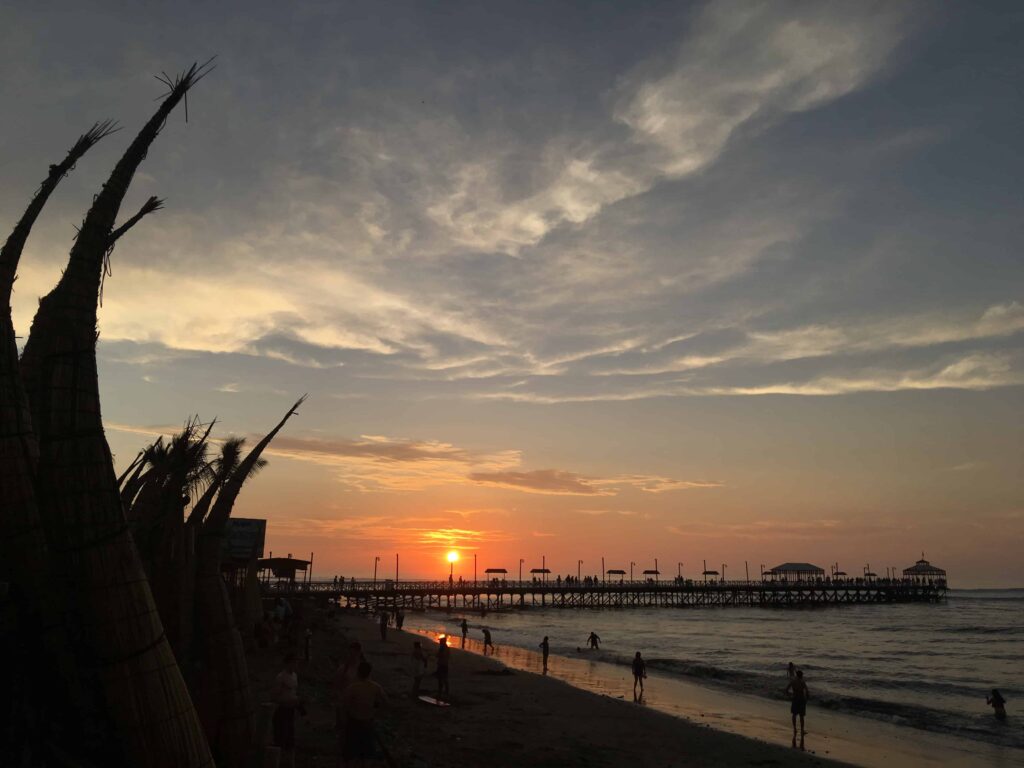
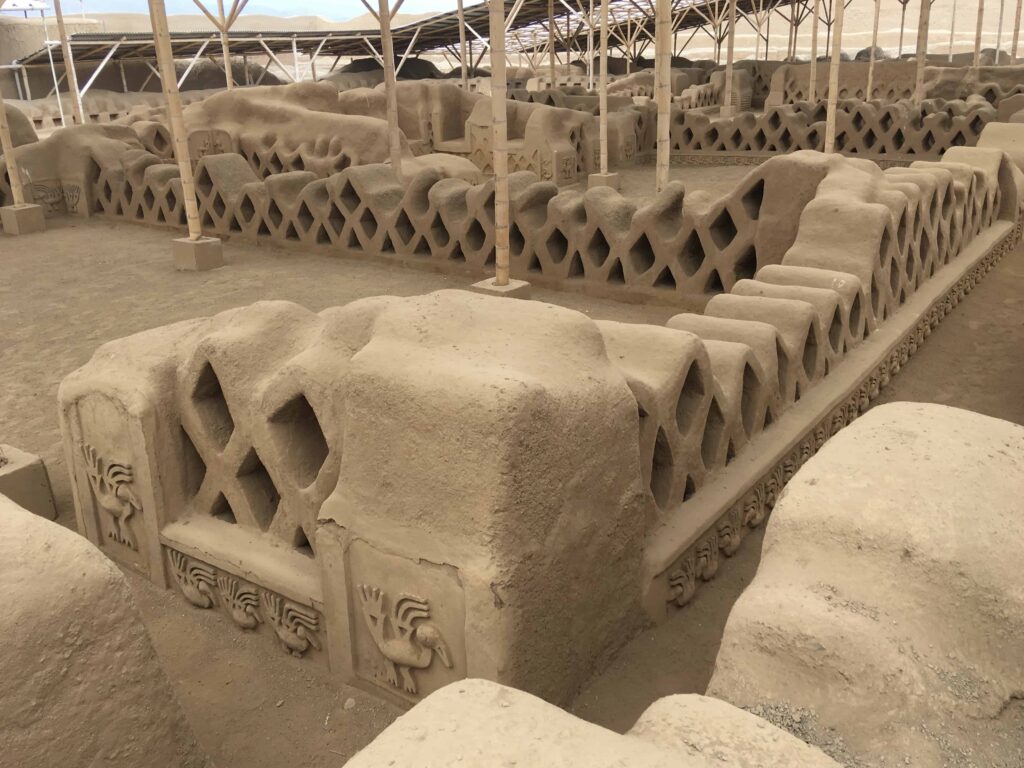
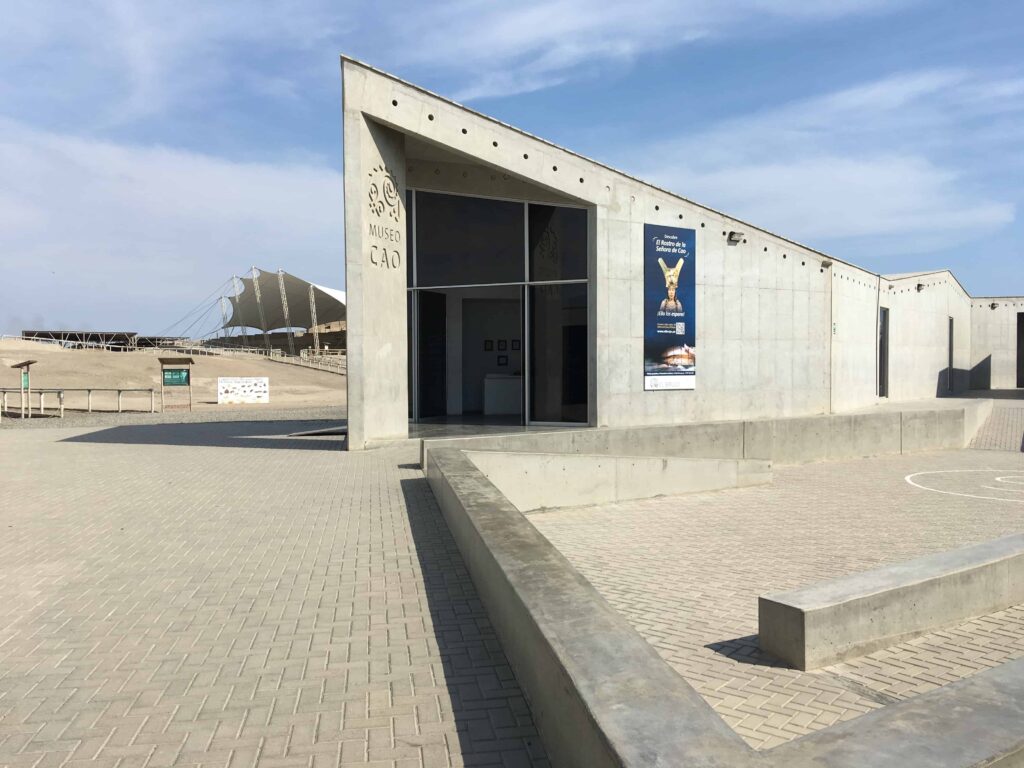
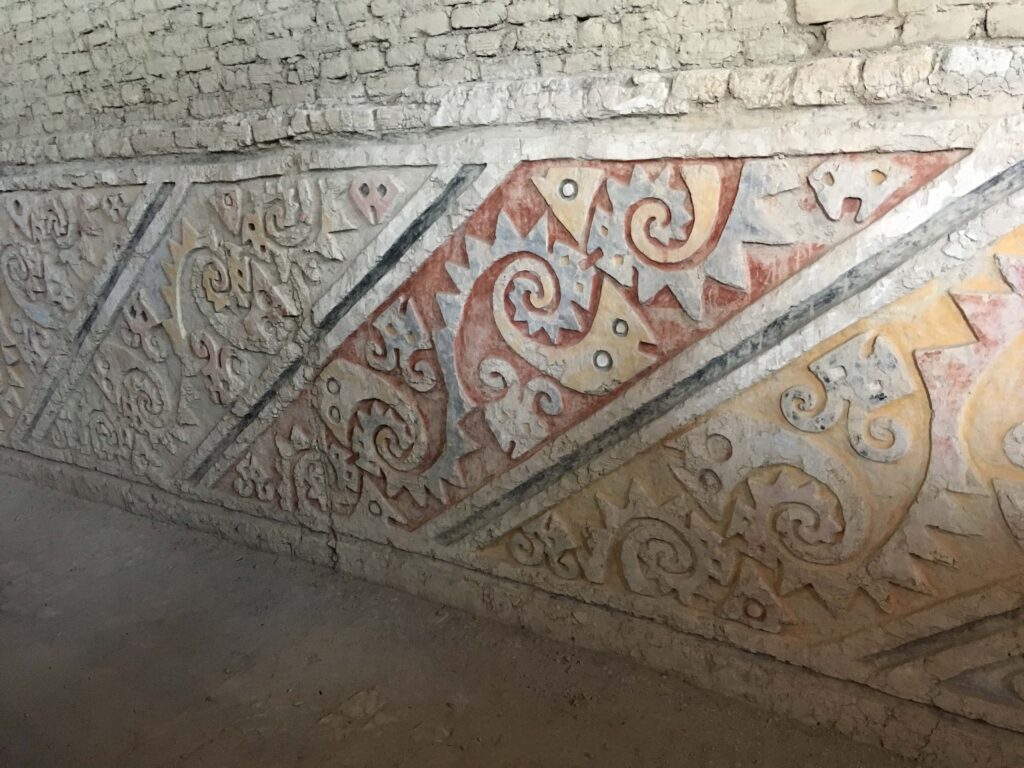

A few years ago I was lucky enough to tag along on a road trip to the north of Peru. I say “lucky” because it was a once-in-a-lifetime kind of trip and one I would never have been able to experience alone. The places, the companionship, the freedom, the luxury of time. Most Peruvians never get the chance to travel around their country the way we did—to experience the places that they had to learn about in school, to see the rivers they had to memorize the names of and to interact with the distinctly different cultures and people who make up Peru.
We started in Cusco and drove west to the coast, north through Lima and all the way to Lambayeque where we turned east to Chachapoyas and then followed the Andes south, back to Cusco. We were on the road for a total of 21 days and racked up a little over 6,000 kilometres on the odometer. It was four of us in a Kia Rio, in blistering heat and in snow, getting delayed and rerouted by mudslides and flooding rivers.
The diverse geography of this South American country unfolded in front of our windshield each day. I have to admit that I went into the trip knowing very little about Peru—or at least the Peru beyond Cusco. My ignorance diminished little by little with each kilometre we travelled. We saw so many incredible places and yet we only scratched the surface. At each new place we visited, I think all of us wished we would have had more time to spend there and we caught ourselves wondering if we’d ever be fortunate enough to return there one day.
For many foreigners, Peru equals Machu Picchu, the land of the Incas, llamas and maybe the Amazon jungle, Lima and Lake Titicaca. That’s what official tourism campaigns are selling and what most trip itineraries include. And yet, Peru is so much more than that.
Here are some highlights from that trip around this varied and beautiful country. May they inspire you to explore the less famous places, wherever your travels take you.
Cantalloc Aqueducts
Just a few kilometres outside the city of Nazca lie a series of aqueducts that appear like a string of spirals winding down into the ground. This impressive feat of hydraulic engineering is said to have been built by the Nazca civilization, around 1,500 years ago, and is still partly used today by farmers in the arid region, to grow their crops. Underground channels carry water down from springs in the mountains and bring life to what would otherwise only be desert. Archaeologists suspect that the spiral entrances to the aqueducts also had a ceremonial function.
Nazca Lines
Mysterious and awe-inspiring, the Nazca Lines are a renowned group of geogylphs made by the Paracas and Nazca cultures between 500 BC and AD 500. Some say they are sacred paths used for ritualistic purposes (possibly related to water); others believe them to be a huge astronomical calendar or that they were created to be seen by deities in the sky. The most popular way to view the numerous figurative designs and lines is to take a flight over the Nazca Desert. There’s a less expensive option, however, to at least get a glimpse of these cryptic lines. The Pan-American Highway runs right through the Nazca Lines and you can go up a viewing tower, by the side of the road, for a few soles and see three designs: The Tree, The Lizard and The Hands. That’s what we did on our way north.
Huacachina & Ica
About three hours north of Nazca are the towns of Huacachina and Ica. The first is a resort village built in the middle of a sea of sand dunes around a small oasis. The water is said to have therapeutic qualities, and the dunes are a popular place to do sandboarding and take dune buggy rides. The second is surrounded by vineyards and agriculture (including cotton, olives, mango, asparagus and avocado) and is home to the famous Pisco brandy, as well as numerous winery and distillery tours.
Huanchaco
A laid-back port town about 10 hours north of Lima, Huanchaco is known for its surf breaks and for caballitos de totora (reed watercraft used for thousands of years by fishermen along the coast of Peru). It’s a wonderful place to enjoy some delicious street food or a plate of fresh ceviche, near the beach, and to watch the sun go down.
Chan Chan
A short drive from Huanchaco lies Chan Chan, the “largest city of the pre-Columbian era in South America” and the “largest adobe city in the Americas.” Spanning 20 square kilometres, it’s believed to have been constructed by the Chimú culture and is home to an estimated 40,000–60,000 people. What remains of this immense city looks like it was sculpted out of the desert itself and features beautiful carvings of ocean-related figures. The Chimú revered and honoured the ocean that they lived so close to and the water that their existence depended on. The Inca conquered the Chimú in the 15th century, and a little over 60 years later, the Spanish arrived and founded the city of Trujillo nearby. There’s also a museum on-site that offers more information about the Chimú culture, as well as a nice collection of ceramics and artifacts.
El Brujo Archaeological Complex & Museo Cao
The Lady of Cao, a female mummy from the Moche civilization, was discovered at this site in 2006. Her tattooed remains are currently the earliest evidence for a female ruler in Peru and are housed in the Cao Museum. The archeological site of El Brujo is composed of three great structures (huacas) with mural paintings and polychrome reliefs. It’s considered by many to be one of the most important ceremonial centres along Peru’s northern coast and is well worth the 60-kilometre drive from Trujillo.
Túcume
Did you know that Peru had pyramids? There are actually several places along the Peruvian coast that had pyramids, among them Cahuachi (a major ceremonial centre of the Nazca culture), Caral (the main city of the Caral civilization) and the Huacas del Sol y de la Luna in Trujillo (attributed to the Moche period). Farther north, a little ways outside of the city of Chiclayo, you can find the valley of the pyramids of Túcume—one of the largest and most important groupings of ancient pyramids in the world. At first glance, you might not realize that you’re actually looking at the remains of various adobe brick pyramids spread over 540 acres. The Túcume Site Museum is quiet and peaceful and has descriptions in English for those visitors who don’t speak Spanish.
(Look for Part 2 in an upcoming issue, where we’ll continue our Peruvian road trip to Chachapoyas in the Amazonas region.)




